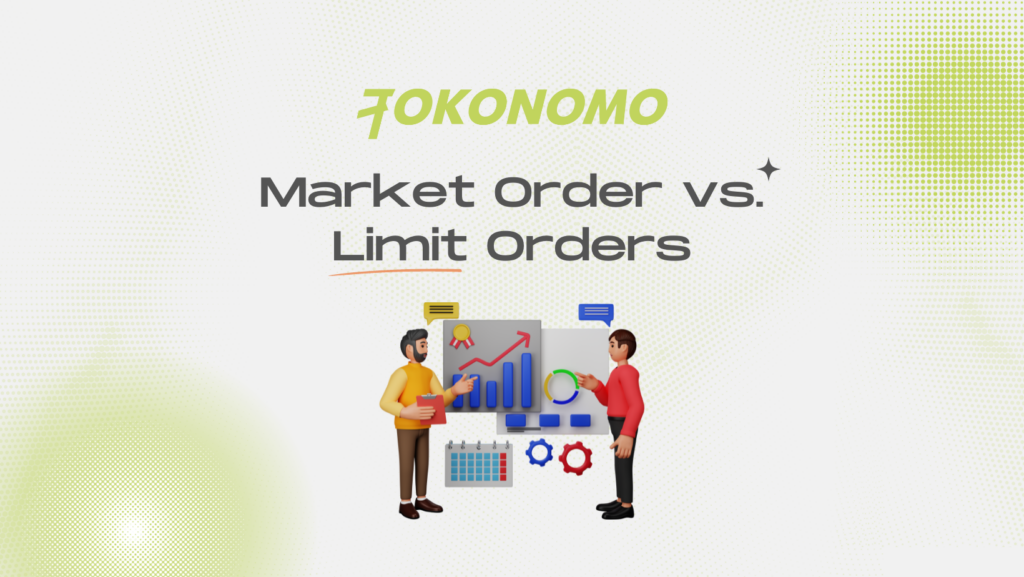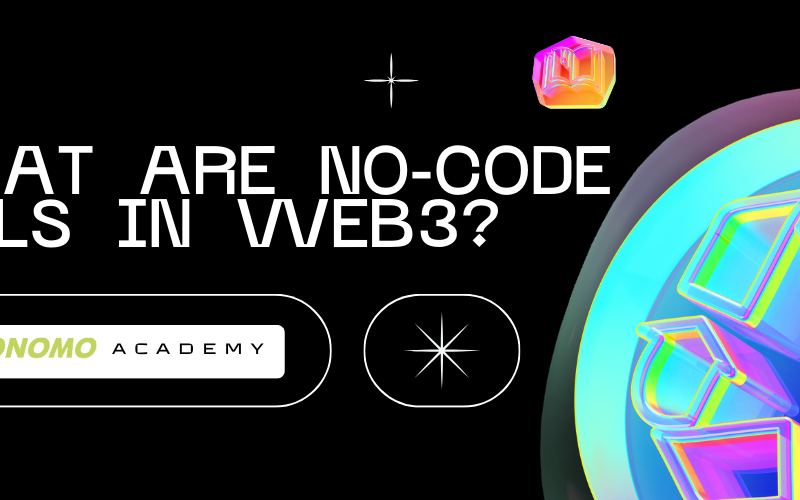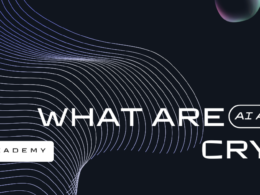Enrolled in an exchange program and curious about the functions of various buttons? Perhaps after completing your rewatch of Wall Street, you’re seeking a deeper grasp of stock market operations?
In the upcoming article, we’ll break down different order types: the directives submitted to an exchange for purchasing and selling assets. As we’ll soon explore, there exist two primary categories: limit orders and market orders. Nevertheless, these are just attributes utilized to delineate a range of directives.
Let’s delve right in.
Market Order vs. Limit Orders
Market orders, inherently designed for immediate execution, signify a directive to act for the ongoing price. For instance, if you’re using any cryptocurrency exchange and seek to purchase 3 BTC while Bitcoin trades at $15,000, opting to pay $45,000 for the coins without waiting for potential price drops leads you to place a buy market order.


Curious about who sells these coins? The answer lies within the order book, which maintains an extensive compilation of limit orders – instructions that do not execute instantly but specify actions at a certain price point. These could stipulate actions such as “at a price of y, execute x.”
In this scenario, another user might have previously entered an order instructing the exchange to sell 3 BTC once the price hits $15,000. Consequently, when you initiate your market order, the exchange pairs it with this pre-existing limit order from the book.
Effectively, your action doesn’t generate a new order; instead, it fulfills an existing one, eliminating it from the order book. This categorizes you as a taker as you diminish some of the exchange’s liquidity. Conversely, the other user is a maker because they’ve contributed to it. Typically, as a maker, you benefit from reduced fees because you’re enhancing the exchange’s functionality.
For an in-depth exploration of the dynamic between these two roles, delve into “Market Makers and Market Takers.” It provides comprehensive insights into the mechanics of exchanges, offering a deeper comprehension of their workings.
Essential Information Regarding Market Orders
Market orders involve buy and sell instructions for executing transactions at the best available price. This price may not always match the displayed value as it depends on the order book. Consequently, your trade execution might occur at a marginally different rate.
Market orders primarily excel in facilitating immediate or nearly immediate transactions. However, it’s important to consider that due to fees linked with slippage and exchange rates, executing the same trade using a limit order could have resulted in a more cost-effective outcome.
Common Order Types
The most basic order types include buy market orders, sell market orders, buy limit orders, and sell limit orders. However, if you exclusively rely on these, your trading experience might be somewhat limited. To enhance your approach and capitalize on market conditions, whether in short-term or long-term scenarios, you can expand upon these foundational orders.
Stop-Limit Orders
Using stop-limit orders helps manage potential trade losses by setting a stop price and a limit price. For example, with Bitcoin (BTC) at $10,000, a stop-limit order at $9,900 stop price and $9,895 limit price triggers a $9,895 limit order if the price falls from $10,000 to $9,900.


It’s important to note that this order executes only once the stop price is reached. Despite this protective measure, there remains the inherent risk of the price failing to rebound, leaving you vulnerable if it plunges below $9,895 without recovery, potentially resulting in an unfilled order.
One-Cancels-The-Other (OCO) Orders
A “one cancels the other” (OCO) order is a sophisticated and efficient tool specifically designed to merge two conditional orders. Once one order activates, the other gets nullified. For instance, in the scenario of purchasing BTC at $10,000, you have the option through an OCO order to either initiate a buy order for Bitcoin at $9,900 or set up a sell order once the price escalates to $11,000. The execution of either of these orders automatically annuls the second one, ensuring that only one gets fulfilled initially.
What’s Time in Force?
Another crucial aspect to comprehend concerning orders is the concept of “time in force.” It represents a designated parameter that you explicitly set at the initiation of a trade, outlining the specific conditions dictating its expiration.
Good ‘til canceled (GTC)
Good ‘til canceled (GTC) refers to an instruction that specifies the continuation of a trade until its execution or until it is deliberately canceled by the trader. This instruction is commonly set as the default option on most cryptocurrency trading platforms.
Contrary to stock markets where orders are often closed at the end of the trading day, the crypto market’s 24/7 operation makes GTC a more commonly used approach.
Immediate or Cancel (IOC)
IOC orders require that if any portion of the order cannot be filled right away, it must be canceled. For instance, if an order is placed to purchase 10 BTC at $10,000, and only 5 BTC can be acquired at that price, those 5 BTC would be bought, and the remaining part of the order would be terminated.
Fill or Kill (FOK)
Fill or kill (FOK) orders are executed promptly: they’re either fulfilled instantly or promptly canceled. When you place an order directing the exchange to purchase 10 BTC at $10,000, it won’t be executed partially. Should the entire 10 BTC not be immediately accessible at that specified price, the order will be terminated.
Conclusion
Gaining expertise in various order types is crucial for successful trading. Whether for minimizing losses with stop orders or strategizing with OCO orders for multiple outcomes.











